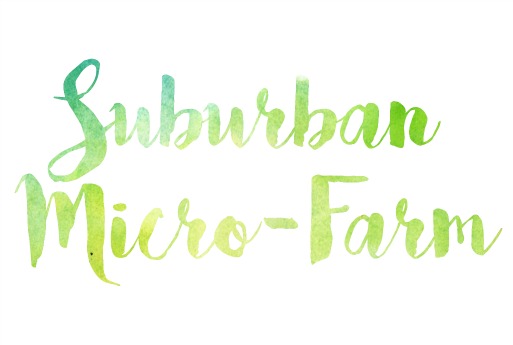I've been working in the gardens 3-4 hours a day during the week and 6-8 hours on the weekends. It's given me a new perspective on manual small scale farming and the labour it must have taken new Canadians settling in these lands over a century ago. Clearing fields of rocks and noxious weeds, clearing whole forest sections and stumps, making way for new crops. Most of all, I'm brought back to the thought of a long hard day's work, sweaty, coated in a layer of soil-dust, unable to take a running shower, use electrical appliances and carry a laptop to bed and watch netflix. With the Internet alone I can order seeds, and supplied at my fingertips. A friend of mine joked that, you can essentially stay on your property without having to leave as a productive farmer, sell your eggs, produce, meat and products, pay for a simple living and continue to produce. The process does seem so simple, I'm shocked that more institutions like rehabilitation centres, prisons, and schools can't at least feed themselves with this system. They're starting, and the wheels are in motion.
We as a society have pushed gardening to the fringes, the work of big machines, immigrant workers, hippies, and or hobbyists, non-academics. Micro-farming is so often coined "a movement" or a hobby, a project, and I agree, but it should be a true pursuit of health, and a common skill for all. I also hear "gardening and vegetable gardening is a hobby for retirees or the elderly", I'm 22 and many of the nation's up and coming movers and shakers on urban agriculture and food gardening are under 35. More and more often I feel like all of our societal issues can be resolved using interdisciplinary education, intergenerational mentoriship, community and a dash of gardening.
Enough ranting... you're here for the photos, and ideas, and to see what I'm growing! May has been bizarre, our harsh winter has proved how far it can stretch its long cold hands into the late summer, plants who survived many a winter before have perished and new unpredictable victors have emerged stronger than ever.
 |
| Juvenile robin perched on my table saw... Robins are my number one strawberry eaters, I'll have to watch out for this little one. |
 |
| Starting over with my tomatoes (May 18th) They'll be ready for planting starting in June. |
The strawberry patch received some much needed fixing, and newly installed predator protection from birds, chipmunks and squirrels alike. In the past I used bird netting and I had to free a robin each day, and it did nothing against rodents. This year a finer hardware cloth barrier around the entire bed should do the trick. Later this year a second 4 x 4 bed is going in and I ordered some strawberry seeds from swallow-tail gardens, they all have pink and light pink blossoms. Although I did stop in at Walmart last week and saw a whole table of reduced 50% off blueberries. Possibilities continue to be endless.
The mineral bed at the end of the deck is planted, I made three pea tee pees for my heirloom yellow and purple peas, unfortunately the purple peas have shown a very poor germination rate and I'm at that point where I want to plant again... but there's still a chance they could come up. In sad news my striped japonica maize has also not come up. They're wasn't any animal diggings around the seeds, so I'm a bit baffled, other corns planted at the same time are coming up and still nothing from the ornamental corn. I don't want to waste much more time waiting for the corn to sprout, when I have so many other varieties to plant.
 |
| Corn ready to be planted! Space is still an issue... |





























































